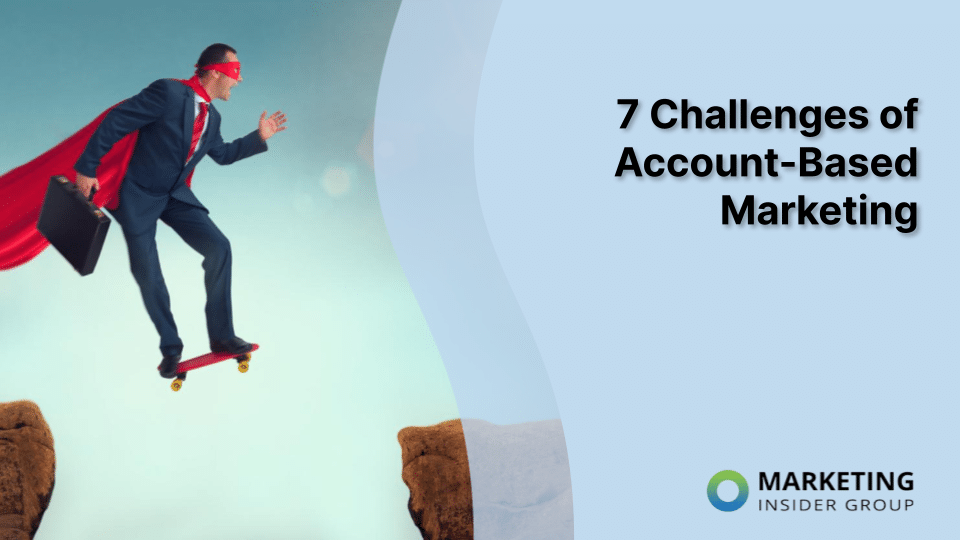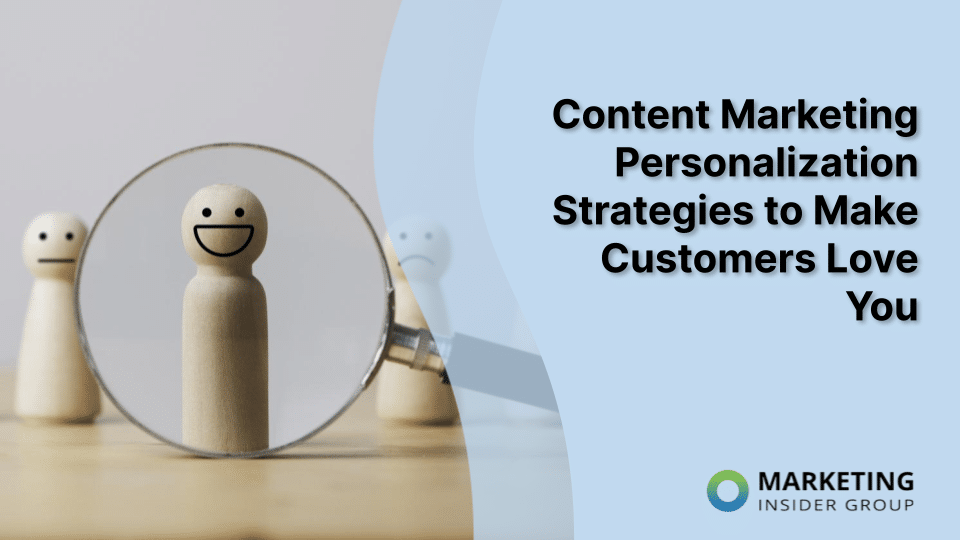
The Building Blocks of Personalization in Account Based Marketing
It seems impossible to discuss present-day martech without mentioning personalization. Customized experience – once a differentiator and now a commodity – is at the forefront of every marketing strategy these days, and both consumers and companies alike are obsessed with personalization.
You’re probably aware that consumers are highly influenced by personalized experiences. The statistics about its effect on conversions and brand loyalty are truly incredible:
- 59% of shoppers were influenced to buy something because of a personalized experience. (Source: Infosys)
- 91% of consumers said they would be more likely to buy from a brand that offered personalized product recommendations or offers. (Source: Accenture)
- 65% of shoppers expect businesses to remember their purchase history, 56% want to be recognized by name, and 65% want to have personalized promotions and recommendations sent based on their purchasing behavior (Source: Accenture)
Clearly, marketers are under a lot of pressure to meet up with these demands. 88% of marketers surveyed in a study by Evergage agreed that consumers expect personalization these days, but only 31% think that they are getting it right. The truth is that these incredibly customized experiences are just not easy to create and maintain – especially if you are servicing a large number of clients.
It’s perfectly normal to stick to a marketing strategy if it has proven to be successful for your business. However, one of the most effective ways to keep your marketing strategy dynamic is to inject fresh ideas, talking points, tactical approaches, and creative messaging. Account-Based Marketing (ABM) is a relatively new concept in B2B marketing strategies and may be a new program type for your business, with that being said you cannot “set it and forget it”.
Since ABM tactics focus on delivering personalized marketing to target key accounts, it is important to explore new ways to communicate and engage these accounts. In ABM, a one-size-fits-all approach just won’t cut it. You must treat each account individually, focusing on their specific needs, challenges, buying triggers, and preferred communication channels.
Thankfully, ABM (account-based marketing) does make this task a little bit easier since you can create individual profiles for every customer. But in order to create a successful ABM-fueled personalization strategy, there are some essential steps that you need to take to lay the foundation properly.
Quick Takeaways:
- Addressing the elephant in the room for each individual customer makes your interaction personalized and valuable straight away.
- Know customers’ intent and how it changes throughout their purchase and user journey.
- Use a CRM that is closely aligned with your ABM process and sales model.
Here are some ideas on how you can take your ABM strategy to a whole new level:
Identify the Most Important Criteria for Targeting
Not all personalized efforts are created equal. Receiving an email with their first name or other generic customizations simply doesn’t impress customers anymore. Today’s consumer wants the entire shopping experience to be tailored to their needs, preferences, and interests. So, first, you need to know what these are for each and every account.
Thankfully, ABM helps you create an incredibly useful database from past interactions with customers, letting you observe and learn more about your audience – which is truly the key to effective personalization.
One thing that makes ABM marketing truly unique is the fact that it essentially flips the sales funnel. Rather than trying to appeal to the masses with wide campaigns that eventually trickle down to only the most relevant leads, AMB starts small with hyper-focused efforts that nurture relationships. So this first step of not only identifying but truly understanding who your audience is and isn’t really matters.
Start by taking a look at your current audience and identify the overlapping characteristics that define your best leads. What industries are they in? Are your best clients those in upper-level positions at their jobs, executive level, supervisors, or management? Do they tend to come as a referral from someone else, or is your organic traffic more likely to convert?
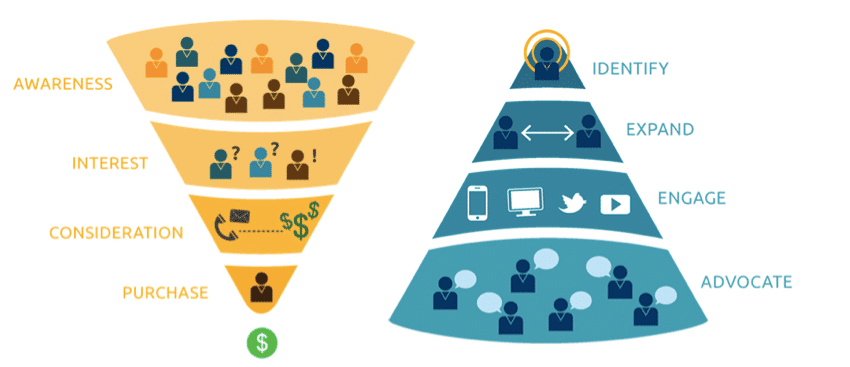
Once you start to recognize these traits you can look for ways to customize interactions to connect better based on these individual’s preferences and motivators – and you can also determine almost immediately whether or not a lead is actually qualified.
For example, Savi, a sensor analytics solution, actually adapts their websites based on the company that the visitor works for in order to accommodate to their needs and interests. Say, if a prospect works for a government agency, their website adapts to show content that aligns with these types of organizations.
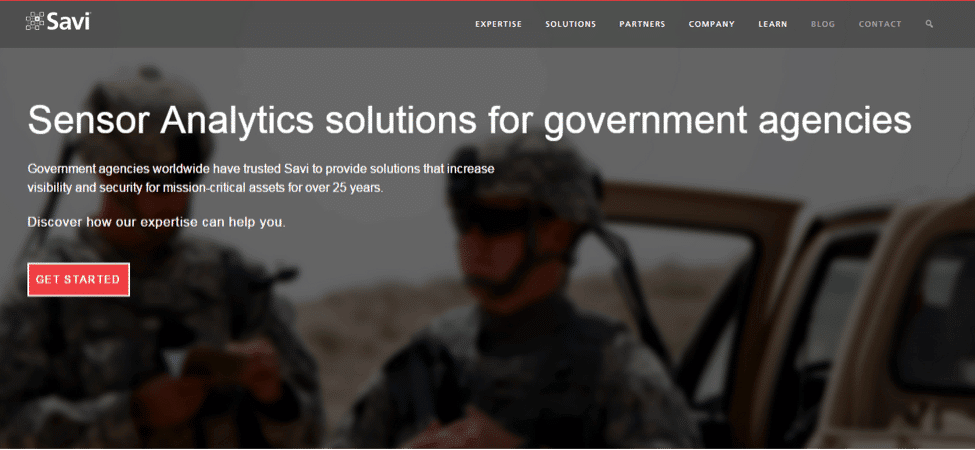
However, if the visitor works for a Fortune 500 company, their landing page looks like this:
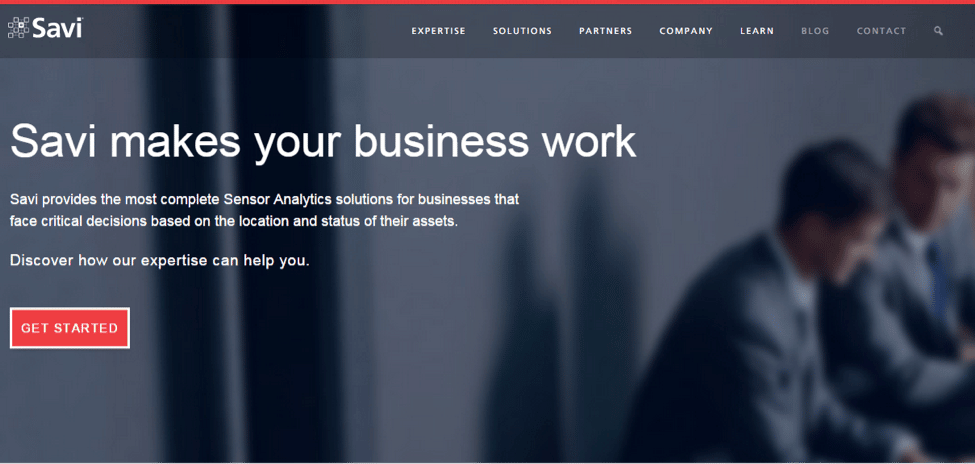
These simple changes show this company’s dedication to personalization. However, these details are clearly not random and depend on important data that comes from using an ABM approach and is integrated into an advanced or customized CRM.
Use Personalized Content
Content personalization has become a major player in the digital marketing game. Customizing content based on your audiences’ interests and challenges aids in more accurately targeting your specific market segmentations and increases the chances of them converting. Ultimately, the goal of personalization is to provide your target prospects with a clear understanding of how your products can benefit their business.
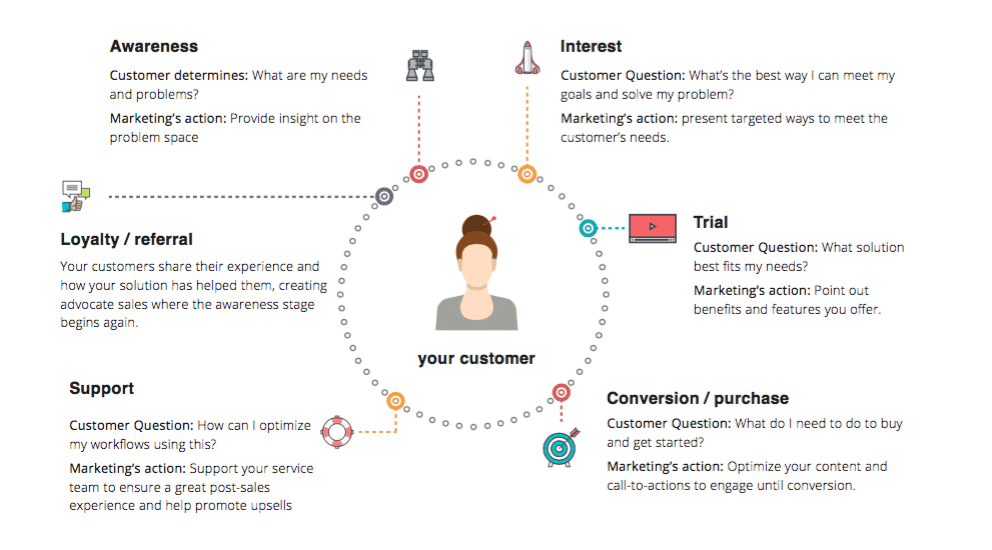
Source: https://www.upwork.com/hiring/for-clients/value-of-personalized-content/
Remember to fully utilize the content you are personalizing for your ABM strategy. Increase the size of your marketing net and make sure that your target accounts engage with your content across multiple touch-points:
- Apply personalization to social media outreach
- Utilize advance programmatic ads to speak directly to your target accounts
- Tailor nurture campaigns to include materials relevant to each account
- Develop landing pages specific to one target account, or multiple accounts who have similar needs in a specific industry
Personalize Content Based on Intent
In addition to personalizing based on the characteristics of each account, you should also look for opportunities to customize the experience based on the customer’s intent. This can be determined based off of various data points, such as:
- What brought them to your site (organic search, external link from affiliate site, PPC ad, social media, or direct referral)
- Their past interactions (Is this the first time looking at your website or have they reached out to a sales representative in the past?)
- Which stage of the buyer or customer journey are they in?
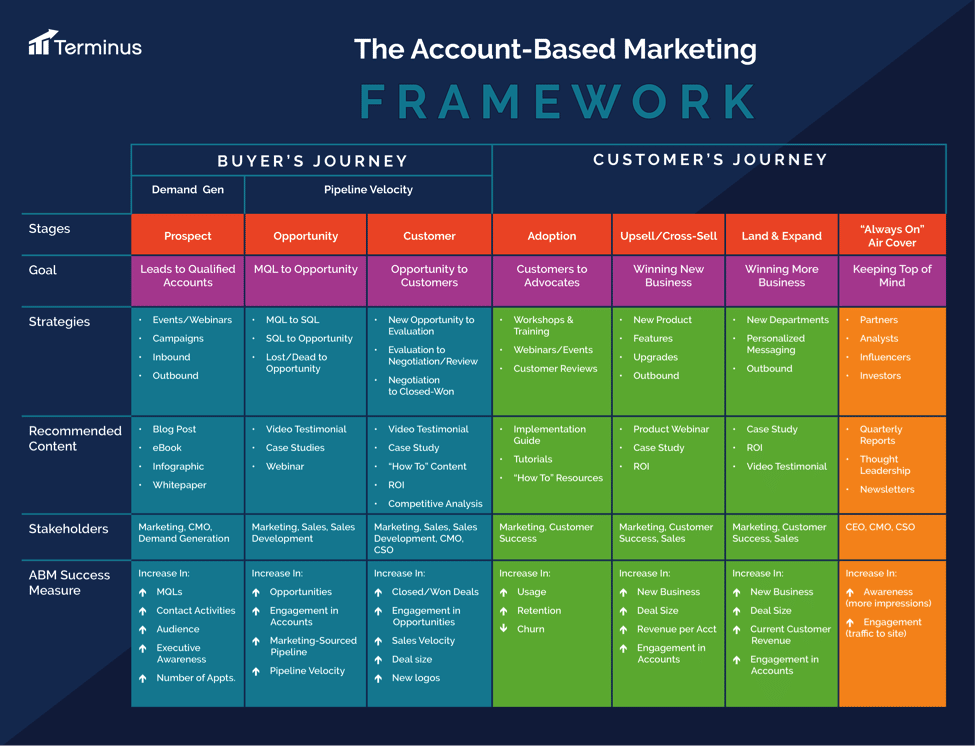
Typically, the intent of a first-time visitor is not to make a final purchasing that decision in the moment – especially if you are targeting the B2B market. So, instead, you should look for ways to customize their interactions in order to match up with their likely intent. In the case of a first- or second-time visitor, it is likely to gather more information about your product through your website’s content.
Creating a personalized trigger-based email communication strategy is a great option with ABM. This can help to make your email content far more relevant with a truly targeted approach that is entirely customized based on each account’s behavior and interactions. This can easily be aligned with researched behavioral patterns and determined intent so that each message can be designed to help move the customer from one phase of the journey to the next.
So, say that a customer has already engaged with several content pieces and conducted an on-site search for pricing information about your SaaS product. Clearly, they are moving from the first stage of research into the second, where they are likely comparing your brand to other options. This would be an opportune time to send this account a personalized email message providing them with further information in regards to how your product compares to the competition or retargeting them with a personalized combination of a display ad and appropriate landing page.
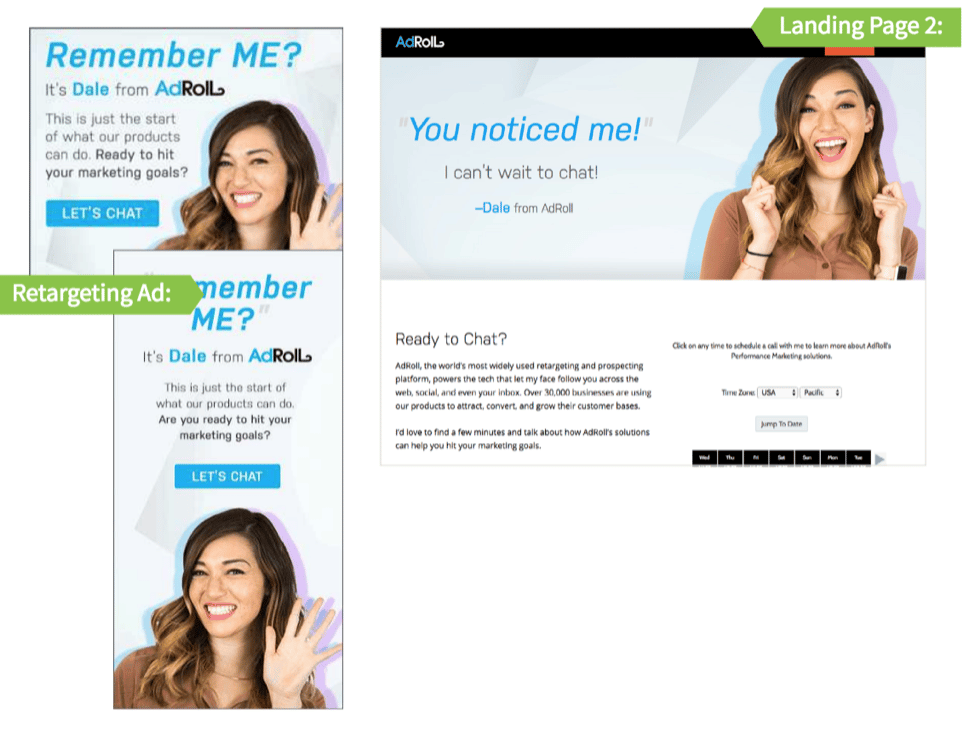
Tell your Story to Connect Deeper with your Target Accounts
Your ABM strategy doesn’t need to be cut and dry, especially when you want to stand out from the crowd. Storytelling is a perfect opportunity to get creative in showcasing your brand and developing a relationship with potential customers. This type of approach provides an experience for your audience; they can learn more about your brand, the solutions you provide, and the benefits they can expect to see if they do business with you.
Storytelling in your ABM focused content can take on many forms. This doesn’t have to be in your standard white paper format:
- Combine product videos with case studies relevant to the target account’s needs.
- Speaking of case studies, utilize relevant success stories when reaching target accounts. Allow them to see themselves as the business in the case study.
- Highlight the customer experience the target account can expect to have with your business.
- Share your company culture and milestones.
Build Personalized Resource Centers
Prospects always appreciate having access to content that provides answers to pressing questions about their industry. A resource center acts as a comprehensive database of industry-related information. You can organize a resource center by topic, format, or any other criteria to make it easier for users to find the content they need. Your online resource center should also offer a way for your users to filter their search by keywords, date of publication, and popularity.
To bolster your account-based-marketing initiative, it is recommended to develop a resource center that speaks directly to your target accounts. The resources offered could be categorized in several different ways. Categorizing allows you to drive target accounts to the content most relevant to them:
- Industry vertical categories: Best for ABM campaigns that are focusing on three or fewer target verticals.
- Account specific categories: If you are going after a big fish, why waste those valuable assets created for your ABM campaign? Create a landing page resource center specifically for them.
- Challenges and benefits categories: Are you targeting multiple accounts that share similar challenges, create a resource center where they can learn more about the benefits of implementing your products and solutions.
Personalize Your Website or Create Microsites
For most people working in B2B, a website is their go-to channel to learn more about the products and services offered, and to make contact with the business. An optimized website should be high on your priority list. A personalized website experience should be high on your ABM priority list.
Standard personalization on landing pages and microsites will include many of the recommendations mentioned above. The addition of a resource center specific to your target account’s needs, landing pages speaking directly to them or their industry, etc. One of the best examples is Bayer’s microsite for Aspirin:
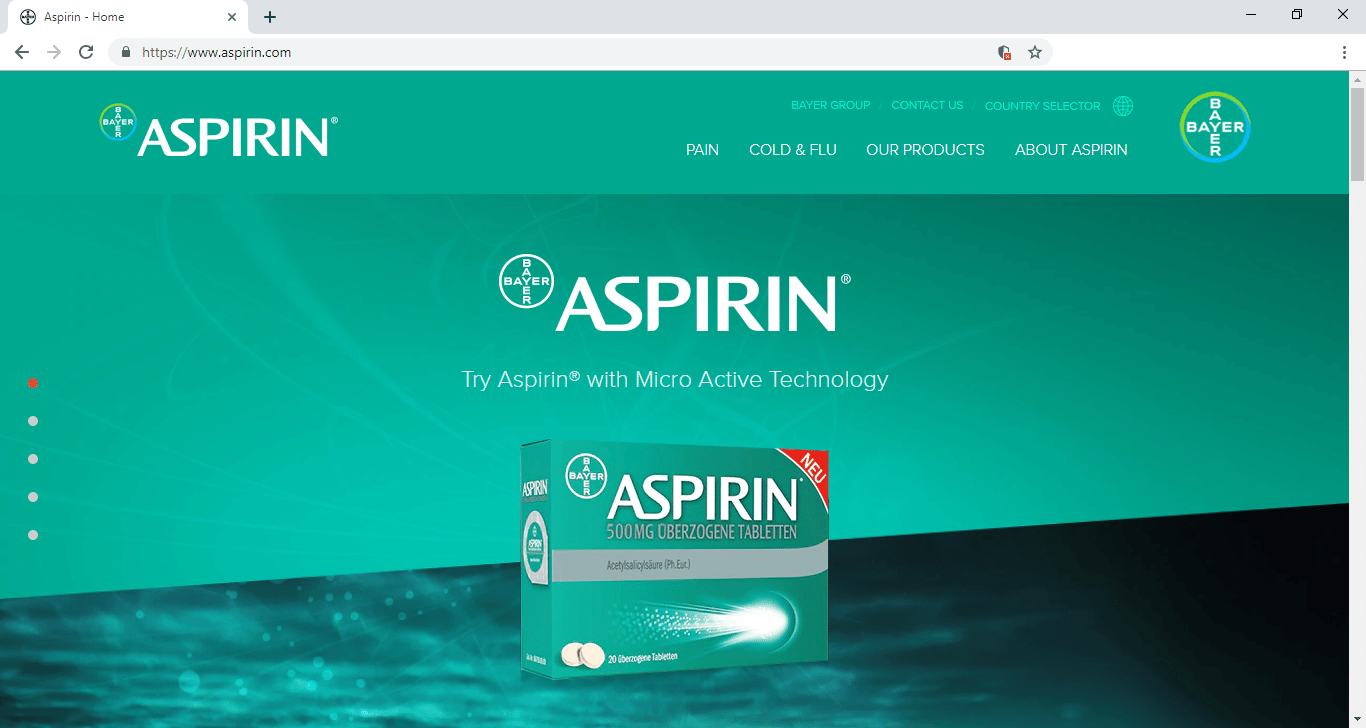
Personalization gets really powerful when it is implemented dynamically on your main website. Working with 3rd party providers and partners, you have the ability to personalize your target account’s experience the moment they click through to your website. This level of targeting requires a large catalogue of content.
- Website visitor profiling tools such as Demandbase and Clearbit provide real-time actionable data.
- Diversify your content assets to include; blog posts, infographics, video or slide presentations, etc.
- Your structural flow should accommodate a straightforward user experience. Easy navigation is said to encourage leads.
- Perform A/B testing on keywords, copy, placement of CTAs, pricing info, layout, images, landing pages, and contact forms.
- Boost the quality of your content by having an editor check your copy for accuracy, coherence, and tone.
Send Direct Emails to Contacts in Your Target Accounts
Traditional marketing tactics such as direct mail work best when spoken directly to the recipient’s challenges- and provide a solution. This tactic should be adopted to account email outreach messaging.
Instead of sending email blasts or including your target accounts into a marketing or sales email sequence, taking the time to convey a distinct personal message is more compelling. Be sure to include specific information in your email that pertains directly to the recipient:
- VIP event invitations
- Exclusive offers tailored to that account
- Whitepapers or other collateral that through your research you have discovered will be of interest to the account
Integrate Your CRM
Finally, the only way that ABM is going to work is if it has a strong foundation of data and information behind it. ABM is entirely dependent on an integrated CRM system that collects data from multiple sources and organizes it into an easily useable program so that both sales and marketing teams can access this information whenever its needed.
Since most modern companies use a broad mix of marketing channels to engage with their targeted audience, you also need to be using an intelligent program that can match up your visitors to their correct account in your database. AI is certainly helping in this regard, thanks to its ability to correctly profile accounts by analyzing millions of data points in a short amount of time.
Another reason to go with an online system that includes AI technology is the fact that it can help your team determine their next steps. Predictive analytics can be applied to personalization strategies to help marketers discover what the right next move will be with individual accounts.
AI uses information from both Big Data as well as internal data points to create a smart customer profile based on behavior from other similar accounts. This will mean that all of your business’s personalization efforts will have a better effect and better results.
Explore Experiential Marketing
Account based marketing is about reaching the customer with messaging and content you know will directly address their challenges and needs. Experiential marketing combines real-world and virtual touch-points to promote higher campaign engagement. Modeling your ABM campaigns around the tenants of experiential marketing can not only increase the likelihood of a conversion, it can strengthen your brand loyalty with target accounts.

To accomplish an experiential marketing ABM program, focus on the following tactics:
- Realign or create new content messaging to speak to the new focused value proposition.
- Create a customer value proposition on an account-by-account or vertical basis.
- Focusing on an emotional connection between the customer and your brand and solutions is key.
- Apply your content marketing matrix to a digital and real-world customer experience framework.
- This could include touchpoints among all of your standard digital marketing channels, in-person events, and one-on-one meetings.
Go Granular
As you can see, ABM and personalization really go hand-in-hand. It is hard to be able to offer truly successful personalization with an account-based approach. But, you need an effective ABM model already in place for your personalization methods to have any real effect.
Ask yourself:
- Is your ABM system on-point and strong enough to support this level of personalization that your customers are demanding?
- How can you improve it in order to ensure that you can customize every interaction point for clients in different verticals or industries?
- How can you make sure that the personalization methods you’ve chosen are best suited and most effective for your specific audience?
Account-Based-Marketing may not be a new concept in the B2B space, but there’s always an opportunity to freshen up your strategy with personalization to gain brand recognition and higher conversions. Dive into your data, resource assets, and current trends in the industries of your target accounts to better focus your efforts. And remember, while account-based-marketing can be a difficult tactic to develop, launch, and monitor, the benefits can easily outweigh the work.

